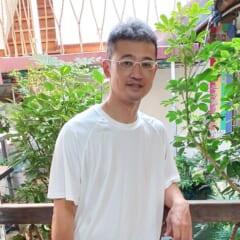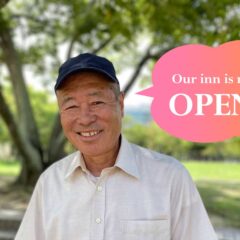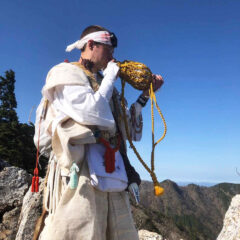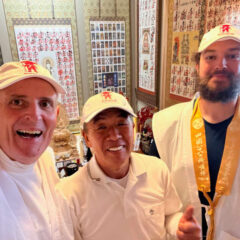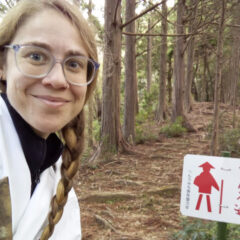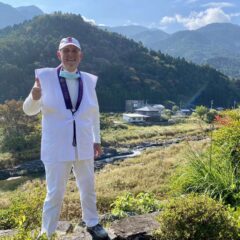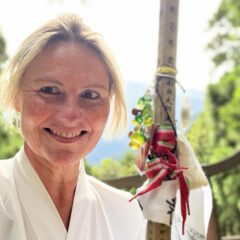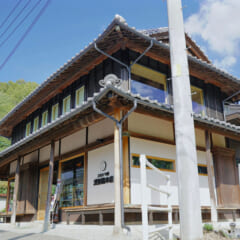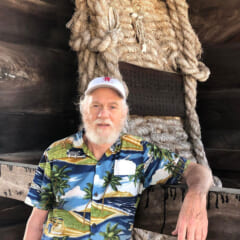My Shikoku Journey (14) by Staff Murao
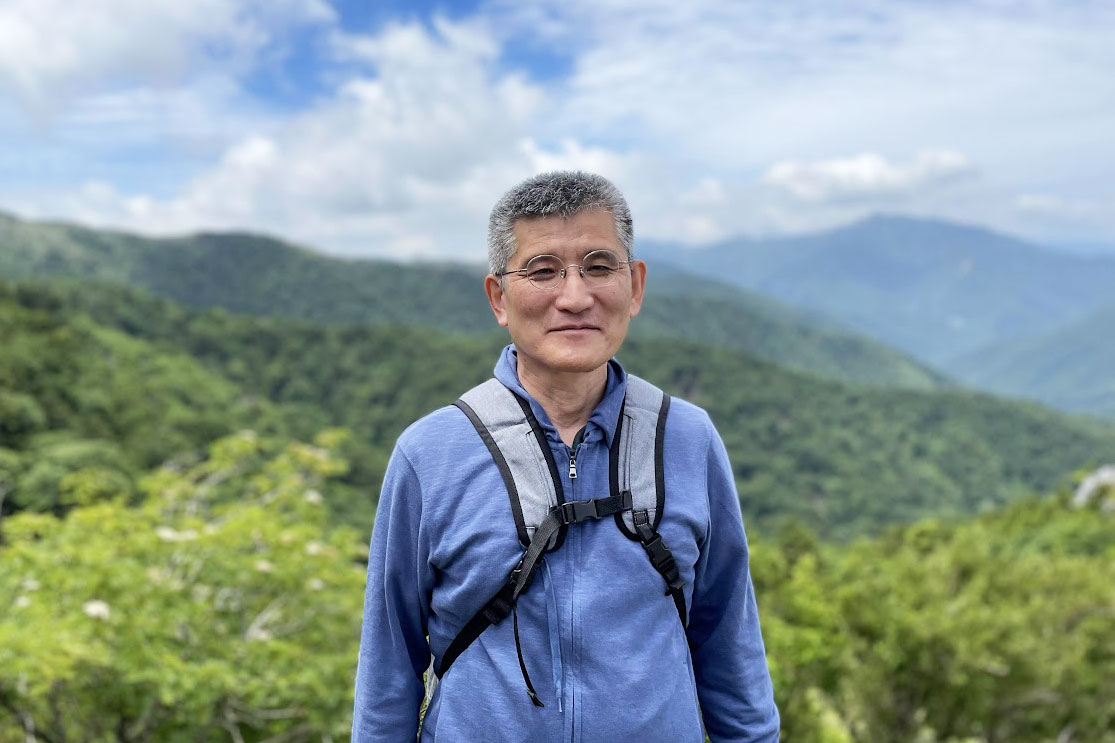
![]() Shikoku Pilgrimage Information Center Staff: Kota Murao
Shikoku Pilgrimage Information Center Staff: Kota Murao
Hello, this is Murao, a staff member from the Shikoku Pilgrimage Center. I have been living near Temple 84, Yashima-ji, for many years. Today, I would like to take a walk in Yashima with all of you.
About Yashima’s Tanuki (raccoon dogs)
Have you ever seen a tanuki?
In your country, does tanuki live happily?
In the precincts of Yashima-ji, you might encounter wild tanuki yourself.
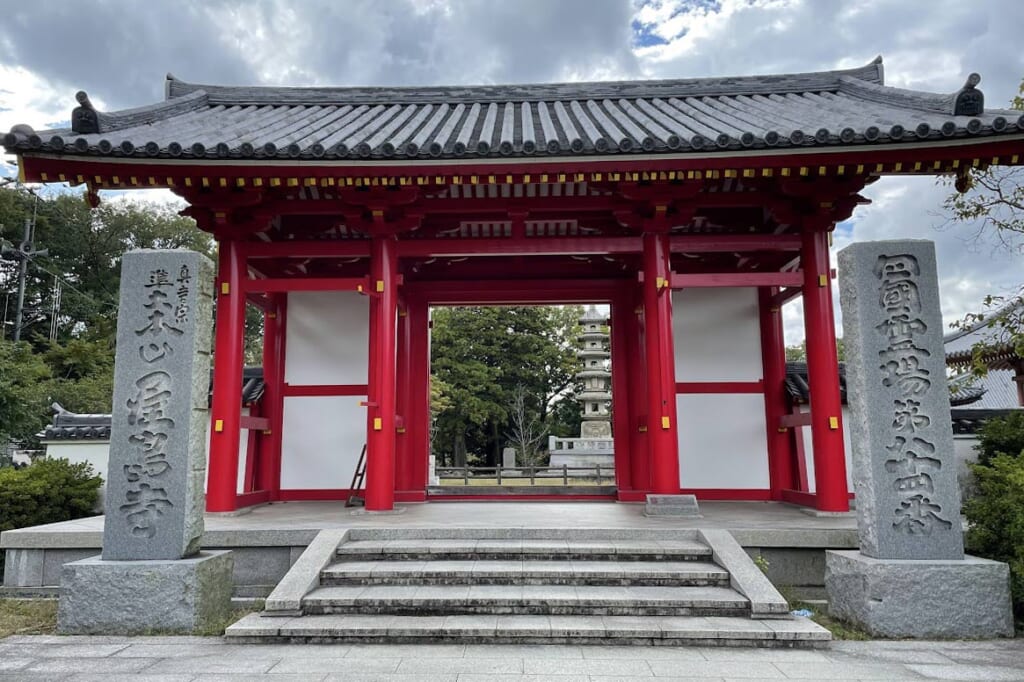
Tanuki are small animals with a body length of 50-68 cm and a weight of 4-6 kg, reaching 6-10 kg in autumn. With their dense fur, they appear round and chubby. Although tanuki are typically cautious animals, they often appear in public in Yashima.
I saw some today as well.
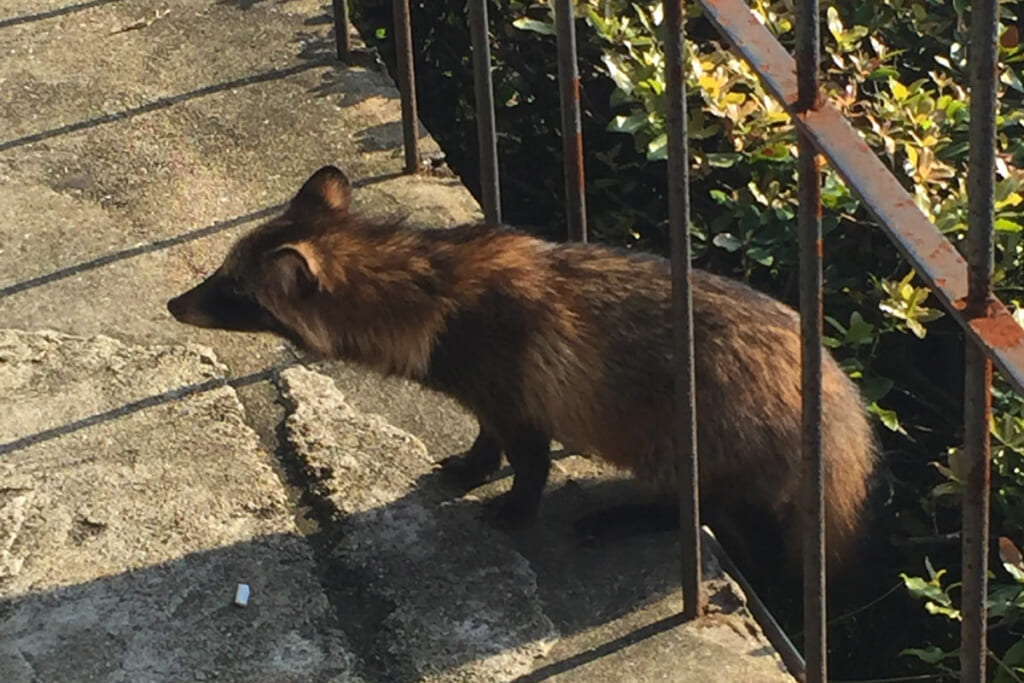
Tanuki resemble dogs and are called “raccoon dogs” in English.
In Japan, they have been considered mysterious spiritual animals since ancient times.
Tanuki living in mainland Japan are often treated as supernatural beings capable of tricking people with their spiritual powers, but in Shikoku, they are revered as deities.
Let me share a tale from the early Heian period (794-1185). A tanuki named “Tasaburo Tanuki” living in Yashima transformed into an old man and guided Kobo Daishi (Kukai) on his path. Kobo Daishi was delighted, saying, “This tanuki has remarkable qualities,” and appointed Tasaburo Tanuki as the guardian of Yashima-ji. Inspired by this encounter, Tasaburo Tanuki dedicated himself to studying without arrogance, establishing a tanuki university in Yashima, where talented tanuki from all over Japan gathered to train.
Later, Tasaburo Tanuki’s spiritual power increased, and he was appointed the leader of all Shikoku tanuki. It is said that he mediated a great war among tanuki during the Edo period (1603-1868) and even assisted the Japanese army in the Russo-Japanese War in the Meiji era (1868-1912).
Today, Tasaburo Tanuki is enshrined as a deity in the precincts of Yashima-ji.

On the left is Tasaburo Tanuki, and on the right is his wife, both accompanied by their children. Despite Tasaburo Tanuki’s martial prowess, his dedication to family life has led to him being revered for blessings of marital harmony, matchmaking, and fertility.
After visiting Yashima-ji, let’s enjoy the panoramic view from the mountaintop.
A 5-minute walk from Yashima-ji, next to the “Reigan Jyaya (Teahouse)”, there is an observation deck overlooking the islands of the Seto Inland Sea and the Sanuki Plain.
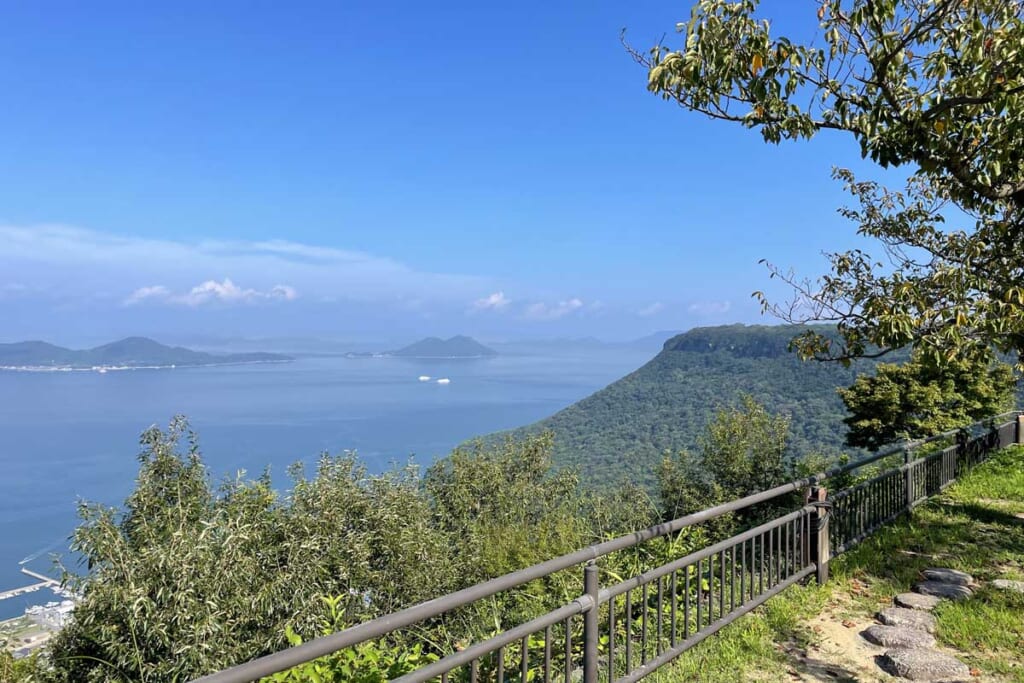
A Dutch visitor once praised Yashima, saying, “Yashima is a truly small mountain that both children and the elderly can climb. But the view from the mountaintop is the best in the world! Unique!”
As someone who grew up in Yashima, it makes me happy but also feels somewhat strange because it’s a familiar sight.
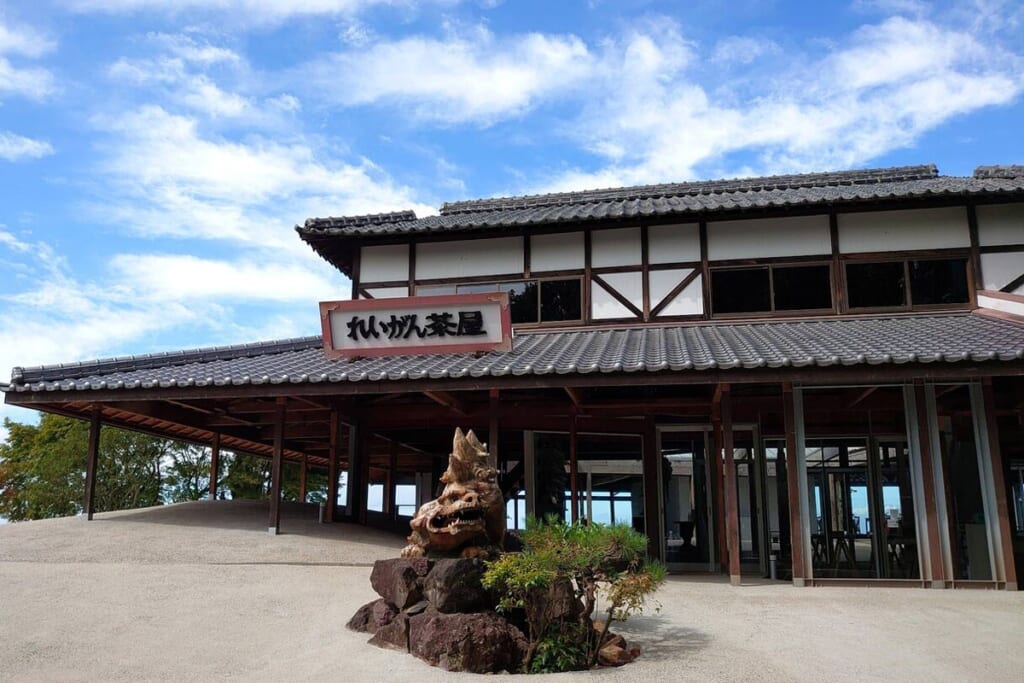
At “Reigan Jyaya, Teahouse,” you can order meals and tea, and they offer a special kamaboko (fish cake) that you can only buy here, called “Yashikama,” featuring Tasaburo Tanuki as its motif.
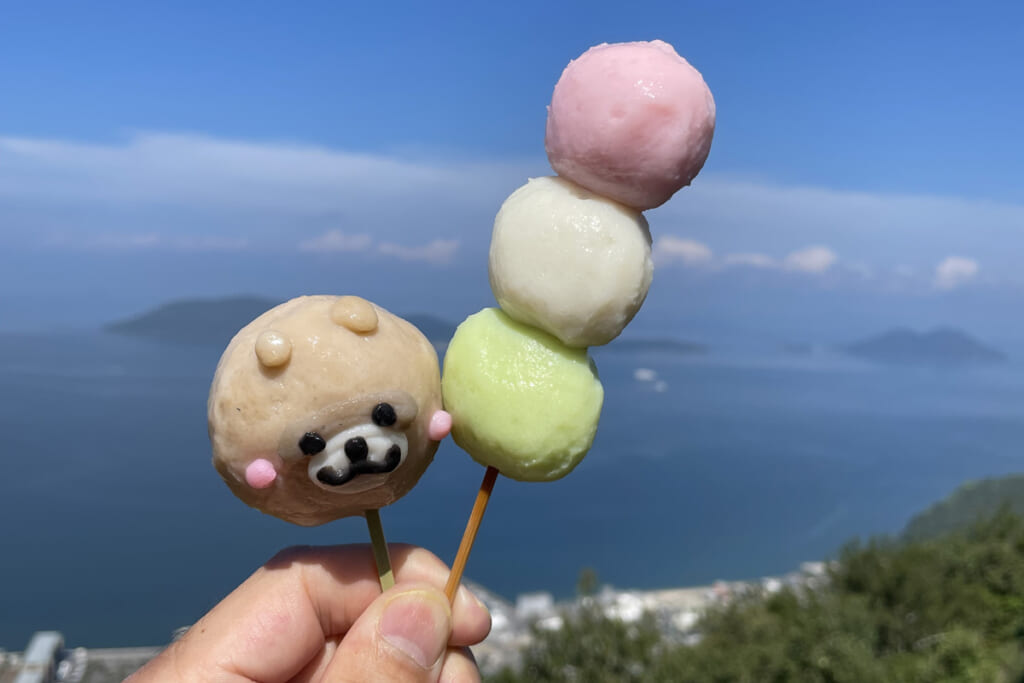
Right: Three-color Dango (sweet rice dumpling) (350-yen, Tax included)
You can take them out and enjoy them on the benches outside the store. It tastes even better when you savor it while looking at the scenery. Eating while strolling around is also nice.
This time, I walked on the mountaintop of Yashima, but at the foot of the mountain, there is “Shikoku Mura Museum,” a museum made up of 33 restored historic buildings relocated here from the four prefectures of Shikoku.
There is a gallery designed by architect Tadao Ando, and you can savor kettle-cooked udon at the “Waraya” udon noodle restaurant. In the final stages of the Shikoku Pilgrimage, I hope you can take your time to enjoy this Yashima area.

